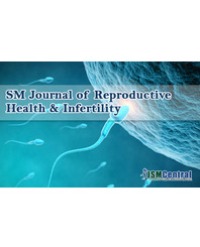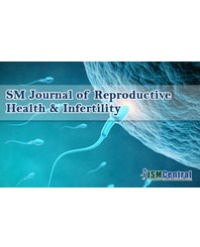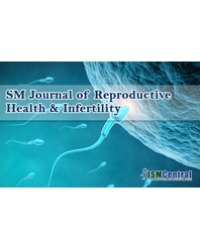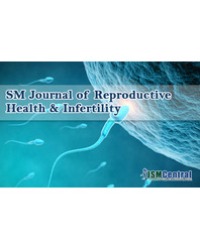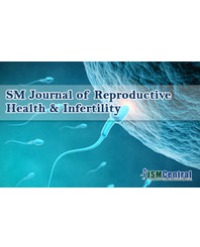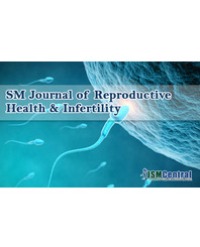Background: It is recognized that a Caesarean section presents one of the risk factors for ectopic pregnancies and placental pathologies (i.e., placenta prevue, placental abruption and placenta percreta) in the subsequent pregnancies.
Objectives: To study the incidence rate of scar pregnancy among admitted patient to ob/Gyn ward at latifa public hospital in Dubai. To study some associated factors Number of previous cesarean, parity, age of patients. To study therapeutic outcome using Methotroxate injection. Women admitted to the Hospital were of different parity status at the time of admission.
Methodology: A Retrospective records review of the caesarean scar pregnancy admitted to Latifa Hospital (Gynecology and pediatric governmental Hospital in Dubai) along the last 3 years has been recruited in the study, about 25 women age rang (20-49), cases been diagnosed as scar pregnancy at obstetrics /gynecology ward - Latifa public hospital, with positive history of previous single or multiple cesarean section. 19 cases have been went under Methotroxate injection therapy and follow up by BHCG and close clinical monitoring, about 8 cases refuse therapeutic intervention, most of the cases diagnosed on clinical base and upon admitting signs and symptoms which were mainly, bleeding in the first trimester, abdominal pain, spotting PV or asymptomatic diagnosed on routine pregnancy assessments, there is no loss of follow up of the cases yet 8 of the cases refused to receive Methotroxate injection, but no surgical treatment protocol applied to these cases . Surgery image and ultrasound were of no major role in diagnosis.
Results: The study revealed that about (16) 68% of the cases had positive history of three times and above cesarean section delivery, about (19) 76% of the cases were having multiparty of three and above, it was shown that about 60% of patients were in age group between ( 30-39). The study showed that about 64% of the case presented as bleeding in the first trimester while 20% presented either asymptomatic or simple abdominal pain and discovered on routine examination. The study revealed that about (16) 68% of the total cases have 3 more parity while only (2) 4% have 1 parity; the result showed that about (19) 76% of the total scar pregnancy cases were of the age group 30-39. As for the distribution of scar pregnancy cases according to number of cesarean section, it has been shown that (12) 66% of the total cases were of those who have history of 3 or more cesarean section while history of one CS where shown to be about (4) 16%. While the most common presenting features of scar pregnancy were shown to be bleeding in the first trimester equal to (14) 56% of the total cases and about (5) 20% were presented asymptomatically and discovered by routine investigation. Current study showed that about (8) 28% of the total cases refuse medication intervention and prefer to continue with follow up while (17) 72% received Methotroxate alone or with other medication of different doses regimen). For the outcome of management the study showed that about (9) 36% of scar pregnancy cases were responded by BHCG dropping but about (16) 60% of the cases have got bleeding, readmission and surgical evacuation and some of the got sever complications.
Conclusion: Though scar pregnancy is rare diagnoses, it has serious consequences in terms of morbidly and mortality (uterine rupture and life-threatening intraperitoneal hemorrhage during the first trimester of pregnancy) which can be avoided by early identification, accurate diagnostic and effective intervention procedures. Recommendation: Prevention and control of scar pregnancy can be achieved different level, like minimizing the frequency cesareans section program, raising index of suspension at high risk groups, earlier identification and intervention.
Isaac B, Hussain H*, Paulose L, Amro B, Lotfi G and Al Faisal W
